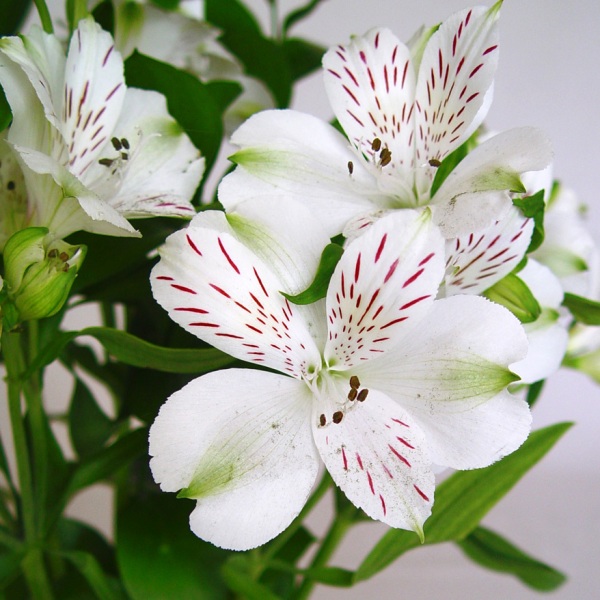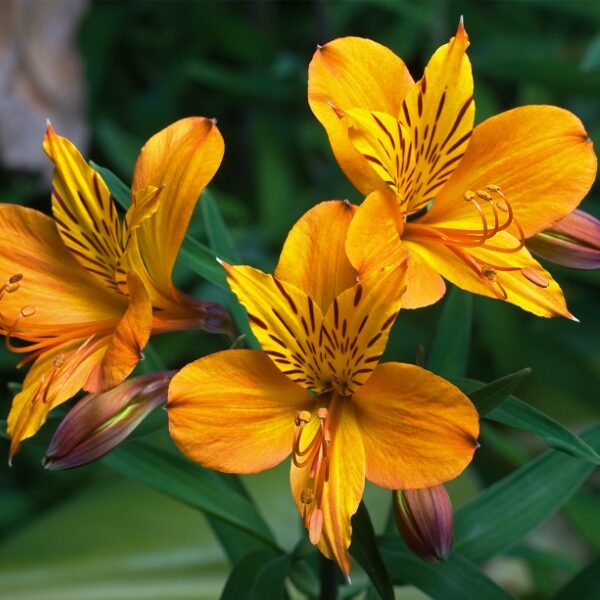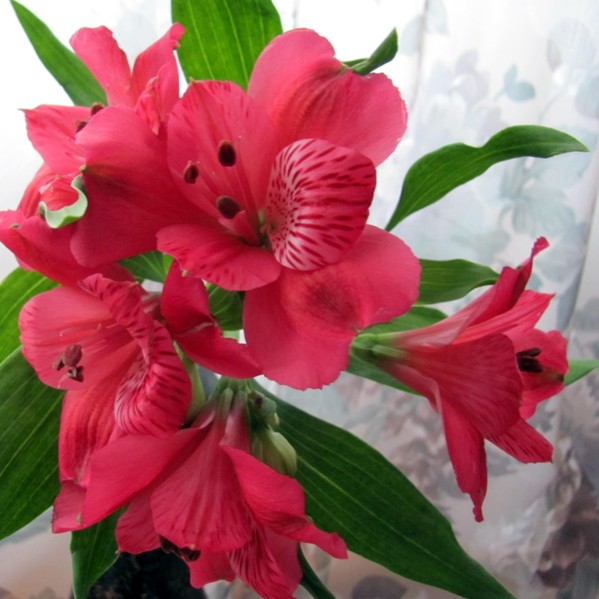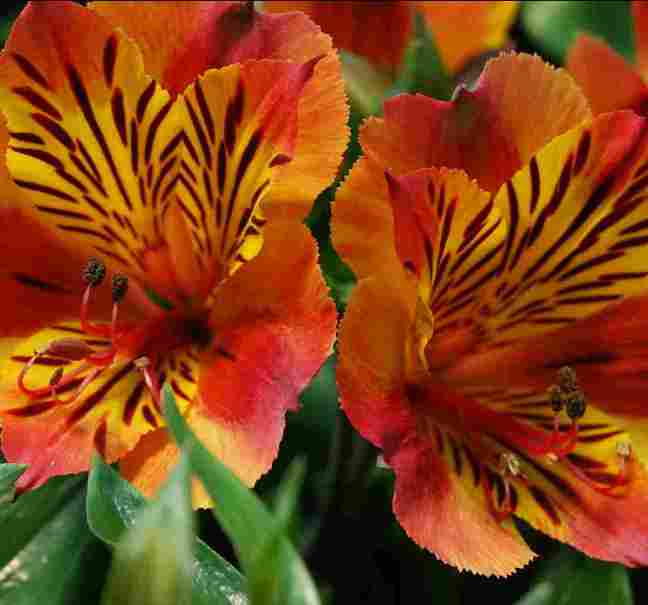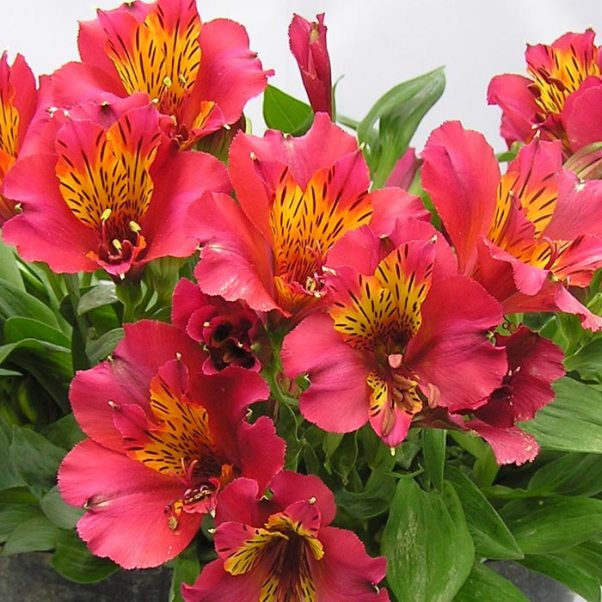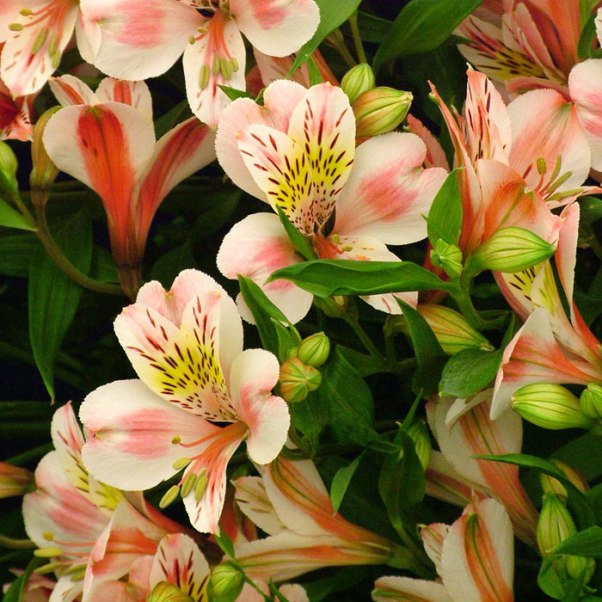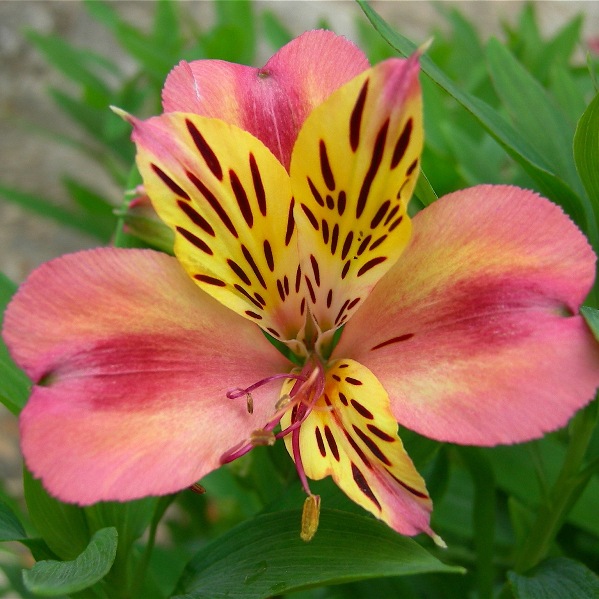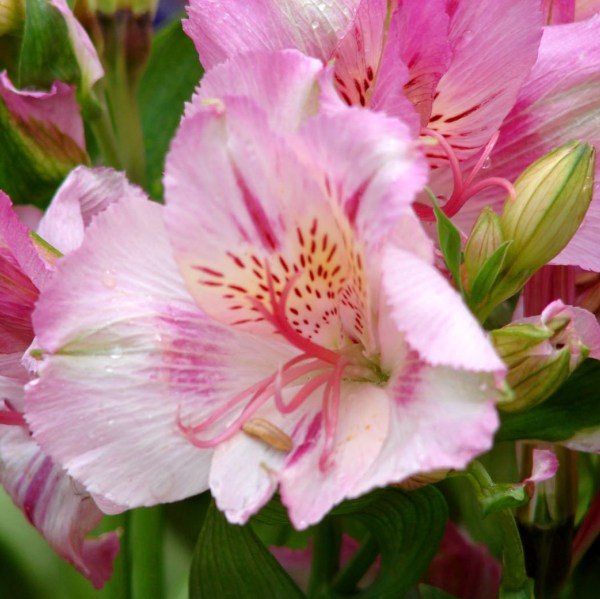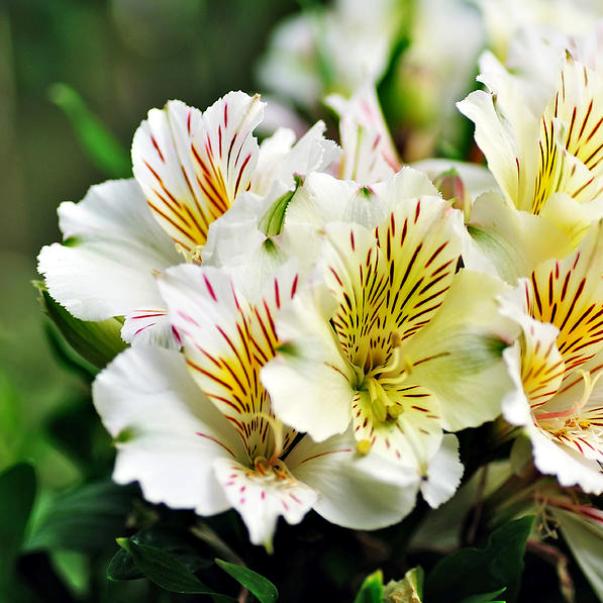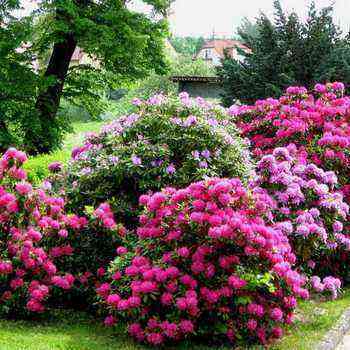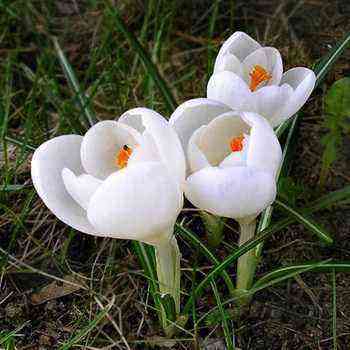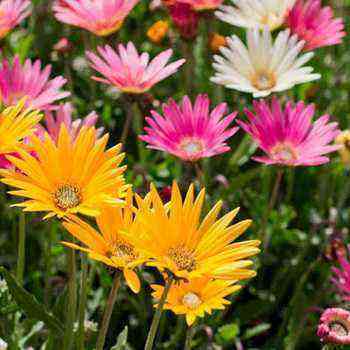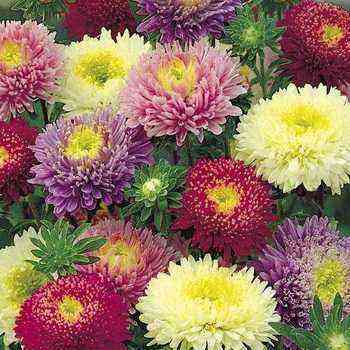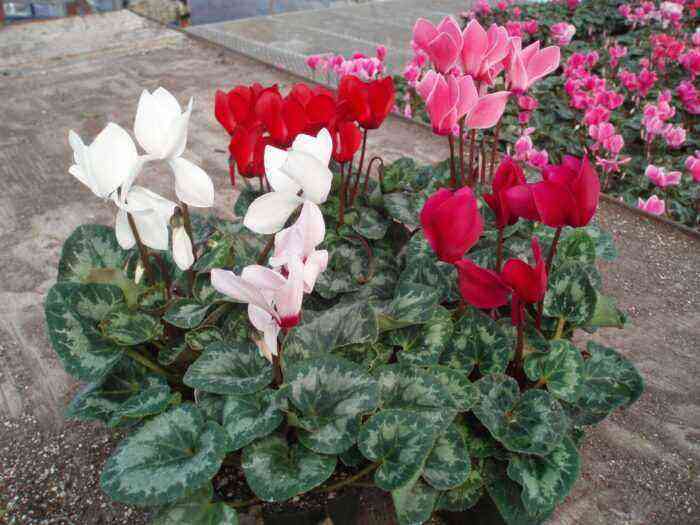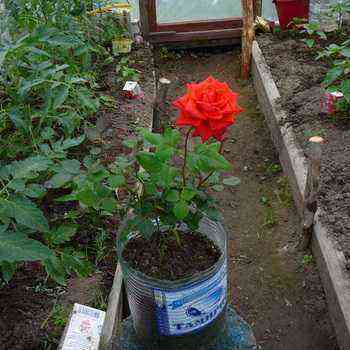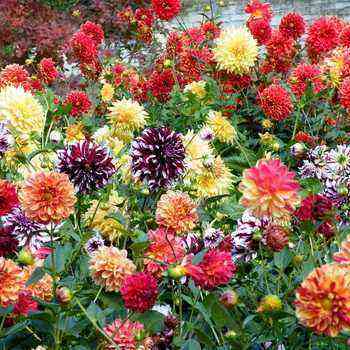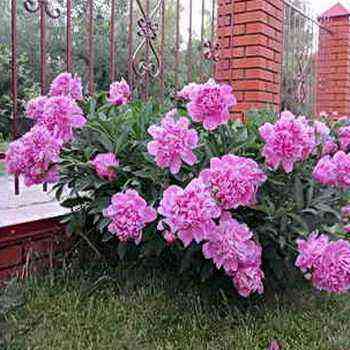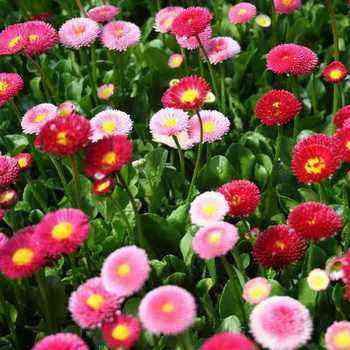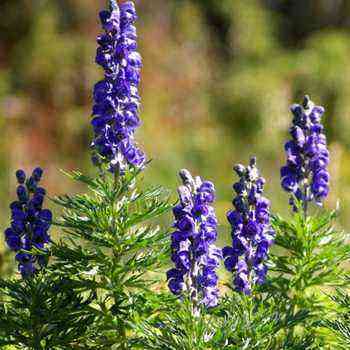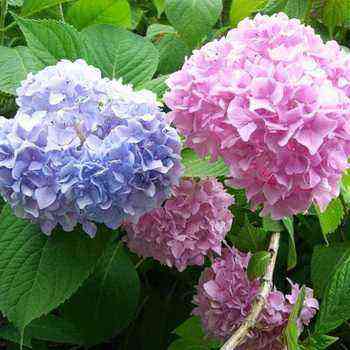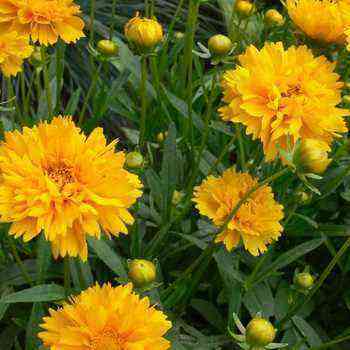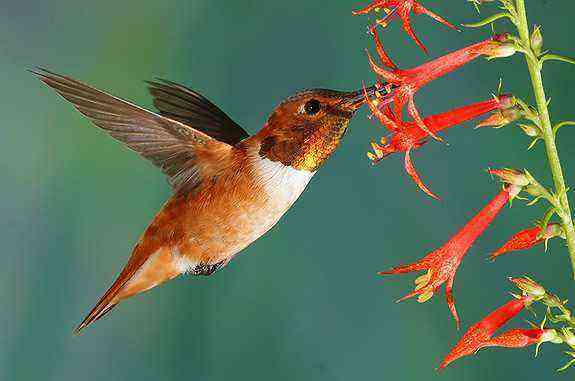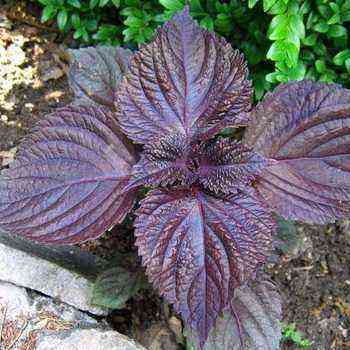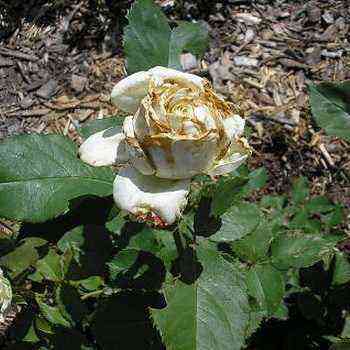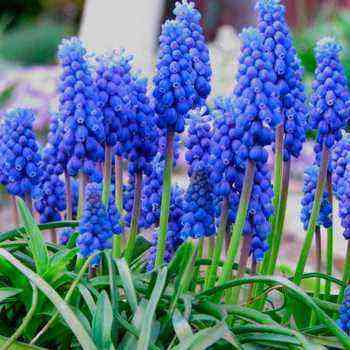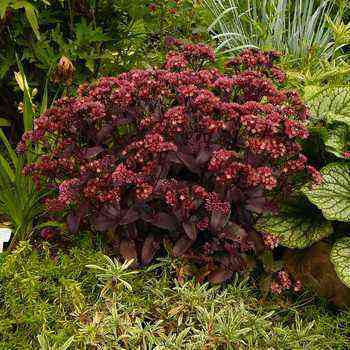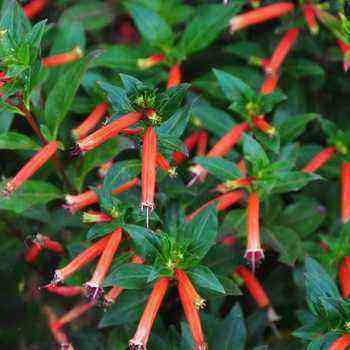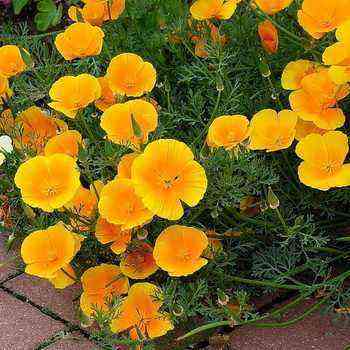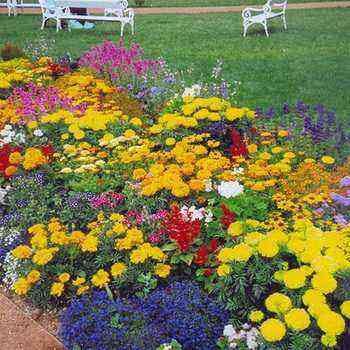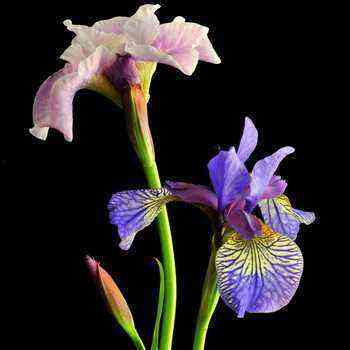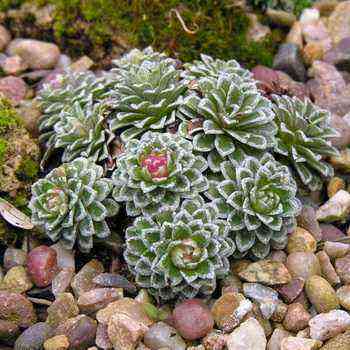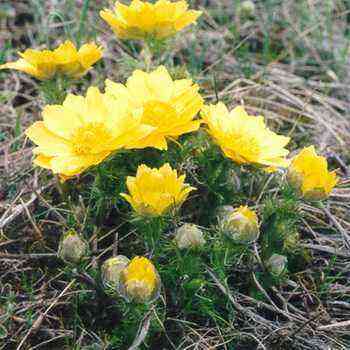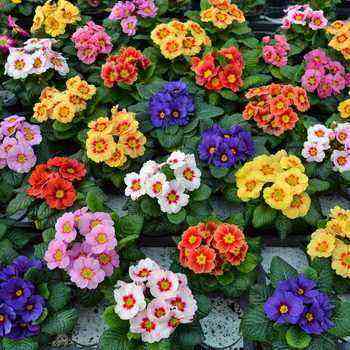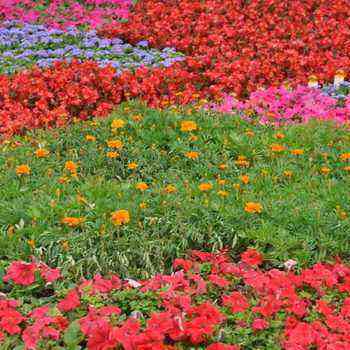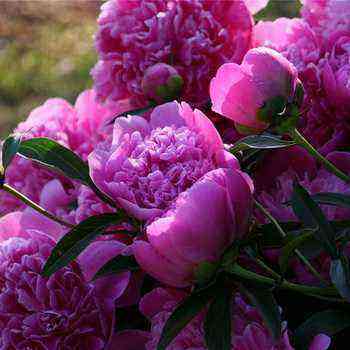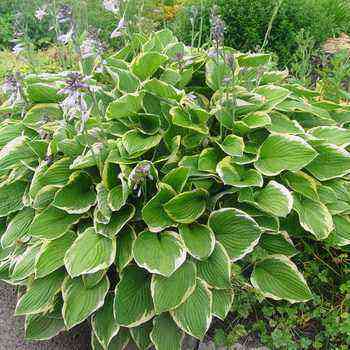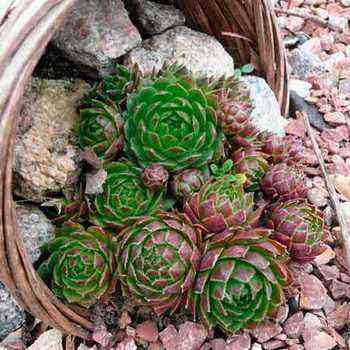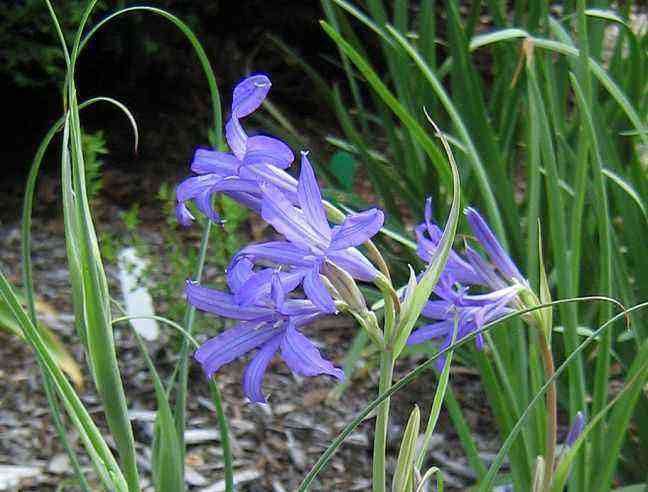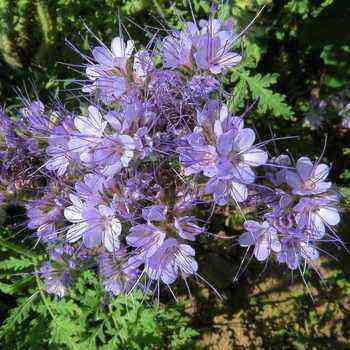It is also called the Peruvian lily and the Inca lily. Its meaning is sweet, desirable. She comes from the Alstroemeriaceae family, she belongs to the order – liliaceae, this explains the second name of the flower and its resemblance to it. All of them are native to South America, but almost each of the subspecies is limited by the territory of distribution – this is either Chile or Brazil. They have some differences – in Brazil, the plant most often grows in summer, while in Chile it most often grows during the winter. By the way, it is also worth noting that all subspecies of alstroemeria are long-lived perennials.
Where does this unusual name come from, you ask? It turns out that the flower of alstroemeria is named after the great disciple of the famous Carl Linnaeus – the Swedish baron Klas Alstroemer.
The alstremiria flower is grown primarily as an ornamental plant, which is either cut or made an element of backyard gardens. Suitable for all gardens.
Description of flowers alstroemeria with photo
Judging by the description, alstroemeria has rather extensive roots, and reaches almost one and a half meters in height. The leaves are arranged alternately, slightly turned on the back and twisted at the petiole in such a way that the lower leaves are facing up. They come in many different shapes, but they all have a smooth texture. They are located in large numbers at the very top of the flower.
Flowers are arranged singly or collected at the top in the form of an umbrella. Each of them has six petals, five centimeters each. The most common colors are red, white, orange, purple and green. But they all necessarily have spots.
There are also six curved stamens and a fruit, which is a capsule with three valves. We offer a photo of alstroemeria of various varieties:
Alstroemeria varieties and their description
In the arsenal of alstroemeria there are up to 60 species. I will tell you just a few of them.
Alstroemeria aurea has a simple, upright stem, reaching a height of about half a meter. In summer, the flower can take on a shade from bright yellow to orange with red spots. Six leaves are arranged in the shape of an umbrella, and inside there is a fruit in the form of a capsule. It continues to grow normally even at a temperature of minus 12 ̊С. See photos of this variety of alstroemeria:
Alstroemeria brasiliensis is native to sunny Brazil. Its leaves are ring-shaped and have a rich red color with a slight bronze tint. It strikes the eye with its height – the stem together with the flower is up to two meters in total.
Alstroemeria nana is native to Patagonia and is very small in size – no more than ten centimeters, the smallest of all species of this plant. The color is yellow with black spots and a small white border on each of the petals.
Alstroemeria haemantha is native to hot Chile and has the same hot, blood red hue with yellow spots. Most often these are usually very large bushes – up to fifteen flowers can grow on each peduncle. This makes this type of alstroemeria extraordinarily beautiful and memorable. In the photo – Alstroemeria flowers of this variety
Alstroemeria psittacina is also known as the Peruvian lily, the flower parrot, the lily parrot and the princess of the lilies. Its homeland is the expanses of hot Brazil and Argentina. It is most often cultivated as an ornamental plant for use in landscaping and garden interiors, for example, it is often used as such by residents of California. It is also very popular in New Zealand, it is even called the New Zealand Christmas bell – Alstroemeria usually blooms there during the Christmas holidays. The flower has red petals with a green border around the edges.
Planting alstroemeria and caring for plants
In regions with cold summers, it is necessary to ensure that the plant is in a sunny place, and in hot regions it is recommended to place them in the shade or partial shade in the summer. If you want the flowers of alstroemeria to last for a single year, you should make sure that the roots go as deep as possible into the soil – this will provide it with a longer life.
The flower will grow well in moderately fertile but well-drained soil (it should be constantly moist during summer and flowering). And do not forget to feed it with mineral fertilizers.
In late autumn, the entire part of the alstroemeria flowers is cut off, which is above the ground, and covered from above with a sheet, and then with a film. Well, if there is an opportunity to sprinkle it on top with earth, the plant will only be grateful to you. Thus, you will provide the flower with excellent wintering, and in the spring you will already receive a new flower (by the way, it begins to grow at the same time as daffodils and tulips).
Most often, alstroemeria is grown using seeds, but we warn you that the whole procedure can take a whole year. Unlike other species and varieties, you can immediately plant a flower in the soil from sod and leafy soil at the end of spring (April-May). Planting alstroemeria is very simple – place the seeds on the ground and gently press them in, then cover with soil. If you want to increase the plant’s sunrise period, then gardeners are advised to use the following method: place the seeds in a moist substrate at a low temperature (from 2 to 5 ° C).
The first shoots will appear after 15-20 days. It is only worth planting seeds in this way only in February-March, and in the middle of spring, transplant them to open ground. Make sure the alstroemeria has access to bright light, and don’t forget to provide good drains and slightly acidic soil. It can also reproduce by division, but it is best done during a flower transplant.
Caring for alstroemeria consists in timely watering, loosening the topsoil, fertilizing, watering and fighting diseases and pests.
Diseases and pests
Alstroemeria flowers are unusually resistant to common and common diseases outdoors. To combat common pests, we recommend using insecticides (karbofos cannot be used in any case – the plant is very sensitive to it).
For prophylaxis, it is recommended to water it with a suspension of 0.1% foundationol (proportion of 5 l / m). With the development of fusarium and late blight in the early stages, the plant is removed along with the rhizome.


